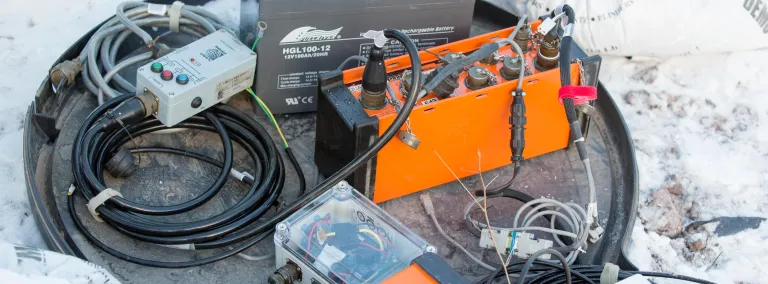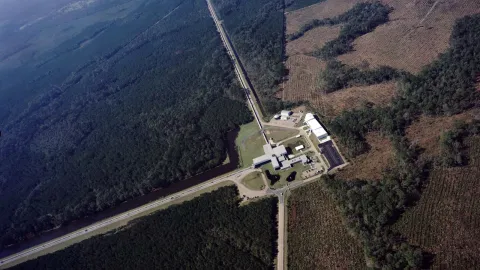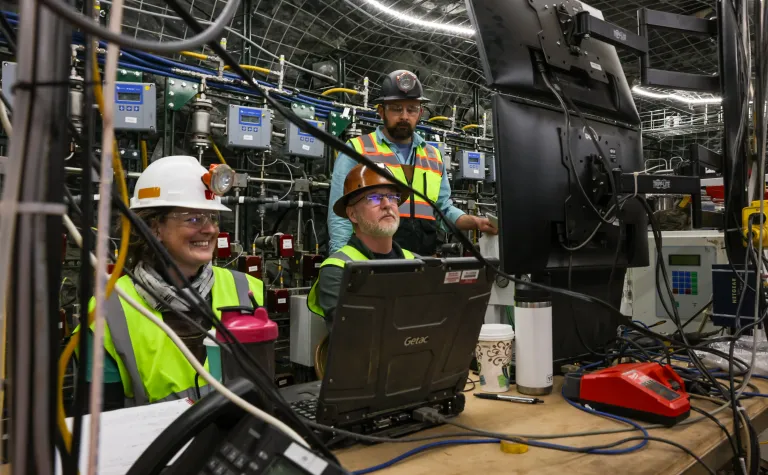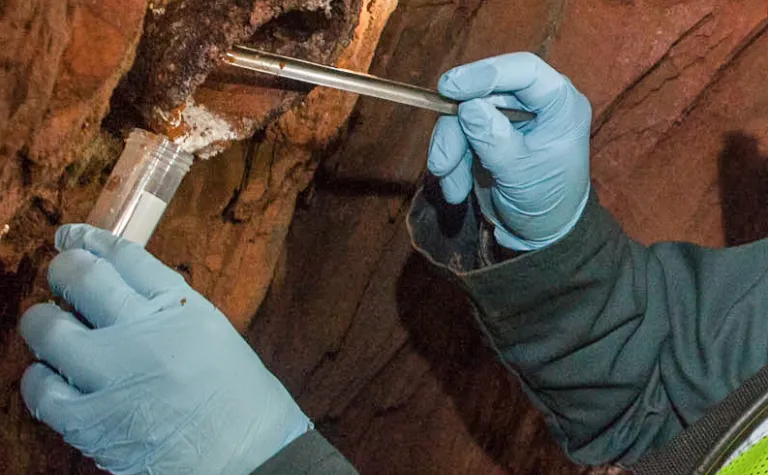
DUGL
Albert Einstein’s Theory of General Relativity predicts that gravitational waves travel across the universe at the speed of light, but he also predicted such waves would never be observed. Researchers around the world are hoping to prove him wrong—about the detection, that is—with experiments such as the LIGO Scientific Collaboration. Researchers from the Deep Underground Gravity Laboratory, or DUGL (“DOO-guhl”), a subgroup of LIGO, installed sensitive instruments in the Sanford Underground Research Facility to determine whether it is suitable for a large gravitational wave experiment.
Gravitational Waves
In a fraction of a second, our understanding of the universe changed dramatically. Approximately 1.3 billion light years away, two black holes collided, releasing energy equivalent to 3 times that of our sun. The cataclysmic event sent ripples across the fabric of spacetime—and throughout the scientific community.
Those ripples, called gravitational waves, were observed for the first time Sept. 14, 2015, by two detectors that are part of the Laser Interferometer Gravitational-Wave Observatory (LIGO)—one in Livingston, La., and one in Hanford, Wash.


